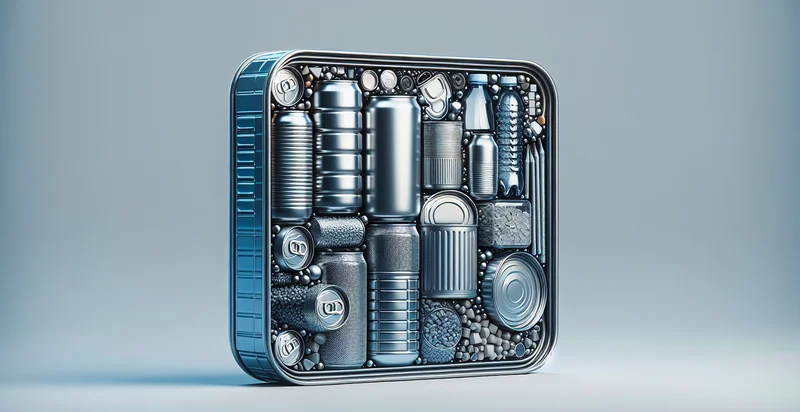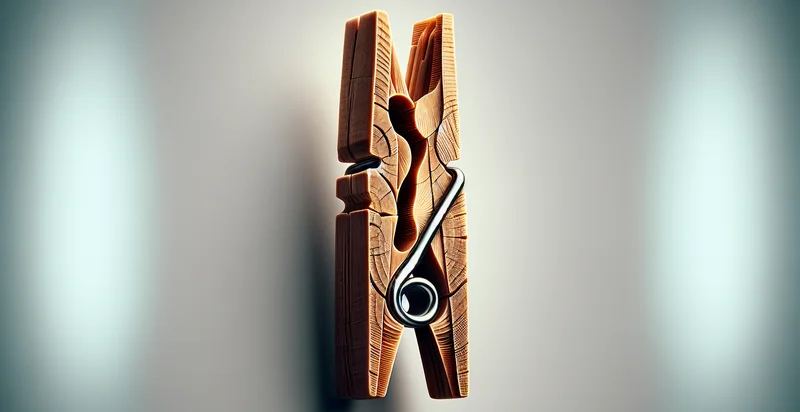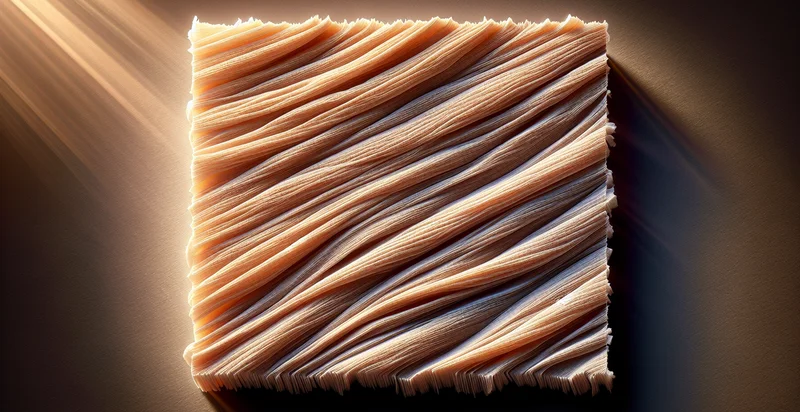Identify what material a container is made from
using AI
Below is a free classifier to identify what material a container is made from. Just upload your image, and our AI will predict what material a container is made from - in just seconds.

Contact us for API access
Or, use Nyckel to build highly-accurate custom classifiers in just minutes. No PhD required.
Get started
import nyckel
credentials = nyckel.Credentials("YOUR_CLIENT_ID", "YOUR_CLIENT_SECRET")
nyckel.invoke("what-material-a-container-is-made-from", "your_image_url", credentials)
fetch('https://www.nyckel.com/v1/functions/what-material-a-container-is-made-from/invoke', {
method: 'POST',
headers: {
'Authorization': 'Bearer ' + 'YOUR_BEARER_TOKEN',
'Content-Type': 'application/json',
},
body: JSON.stringify(
{"data": "your_image_url"}
)
})
.then(response => response.json())
.then(data => console.log(data));
curl -X POST \
-H "Content-Type: application/json" \
-H "Authorization: Bearer YOUR_BEARER_TOKEN" \
-d '{"data": "your_image_url"}' \
https://www.nyckel.com/v1/functions/what-material-a-container-is-made-from/invoke
How this classifier works
To start, upload your image. Our AI tool will then predict what material a container is made from.
This pretrained image model uses a Nyckel-created dataset and has 25 labels, including Acrylic, Aluminum, Bamboo, Biodegradable Material, Cardboard, Ceramic, Clay, Composite, Fiberglass and Foam.
We'll also show a confidence score (the higher the number, the more confident the AI model is around what material a container is made from).
Whether you're just curious or building what material a container is made from detection into your application, we hope our classifier proves helpful.
Related Classifiers
Need to identify what material a container is made from at scale?
Get API or Zapier access to this classifier for free. It's perfect for:
- Quality Control in Manufacturing: This use case involves using the false image classification function to automatically identify the material of containers used in production. Automating this process helps manufacturers ensure that only the correct materials are used in their products, leading to higher quality and reduced material waste.
- Waste Management Optimization: The function can assist waste management companies in determining the material type of containers during the sorting process. By accurately classifying materials, companies can improve recycling rates and reduce costs associated with landfill waste.
- Supply Chain Visibility: Businesses can utilize this classification to verify container materials during shipping and receiving. This ensures compliance with regulatory requirements and helps in maintaining inventory integrity by confirming that the right materials are present.
- Product Safety Compliance: Industries with strict safety regulations can leverage the false image classification function to verify material types of containers used for hazardous substances. This ensures that materials are compliant with safety standards, significantly reducing the risk of accidents.
- Consumer Insights and Marketing: Retailers can use the function to analyze customer preferences regarding container materials. By understanding these preferences, they can tailor marketing strategies and inventory decisions to align with eco-friendly trends or specific consumer demands.
- Research and Development: Researchers can apply the function to assess materials used in product containers for innovation purposes. Identifying trends in materials can lead to the development of new, sustainable packaging solutions, improving product lifecycle management.
- Food Safety and Standards: The food and beverage industry can implement this function for identifying the material of food containers to ensure compliance with safety standards. This helps prevent potential contamination and promotes consumer trust in food safety practices.


